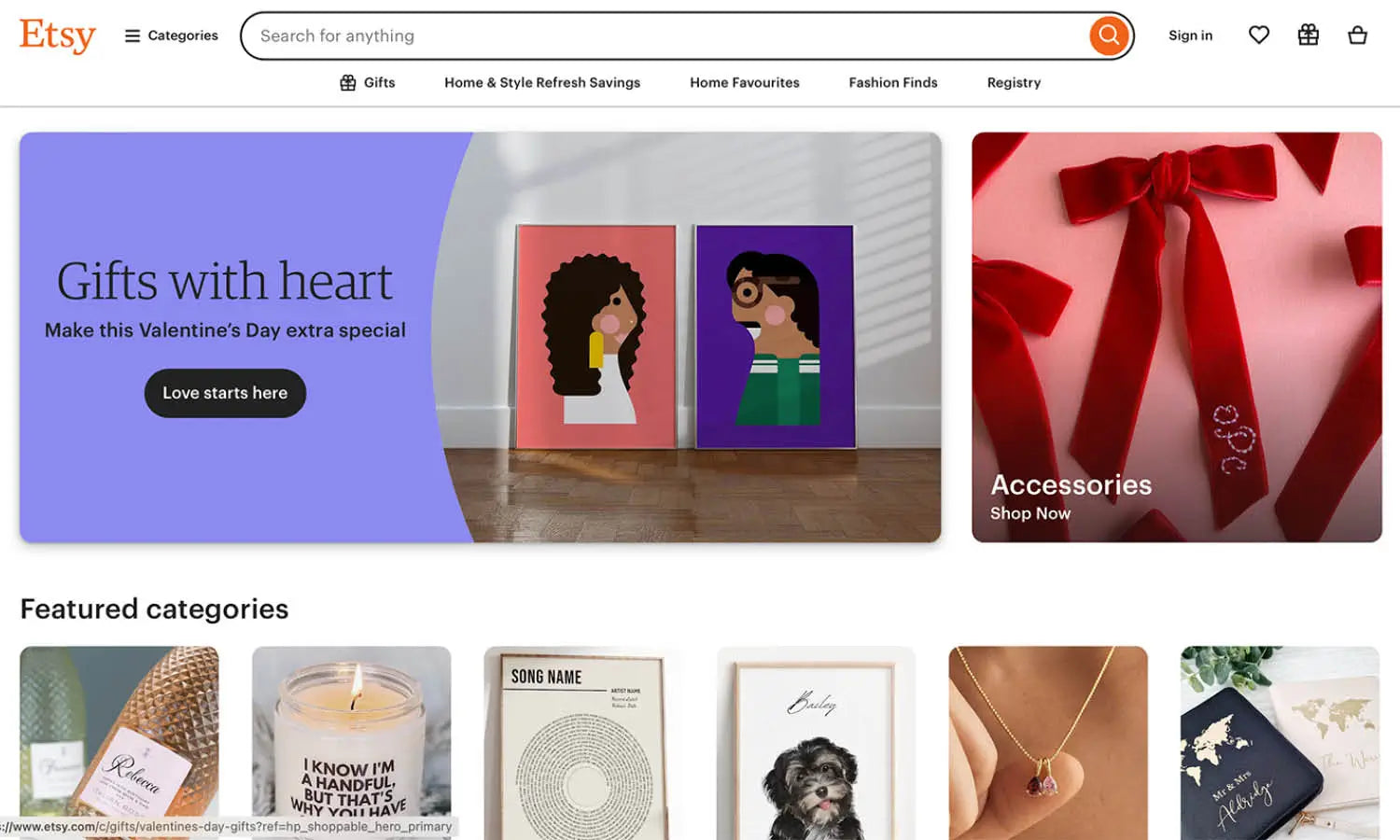How Much Does A Logo Designer Usually Get Paid?

Embarking on a career as a logo designer opens up a world of creative opportunities, but one of the first questions many aspiring designers have is: How much does a logo designer usually get paid? This crucial question not only shapes career expectations but also influences decisions related to education, specialization, and even geographical location. The earning potential for a logo designer can vary significantly based on a number of factors, including experience, the demand in specific industries, and the designer's ability to market their skills effectively.
In the ever-evolving field of graphic design, logo designers hold a unique place. They create the visual identities that help brands stand out in a crowded marketplace. Whether working as freelancers or as part of a design agency, understanding the financial aspects of logo design is essential for anyone in this field. This article aims to provide a detailed exploration of the compensation landscape for logo designers, from average salaries and freelance rates to the impact of experience and location on earnings.
Whether you are starting your journey in graphic design or looking to pivot your career toward logo creation, knowing what to expect in terms of payment is crucial for long-term success and satisfaction.
Average Salary for Logo Designers
The average salary for a logo designer can provide valuable insights for those entering the field or considering a career shift. As of recent data, the median annual salary for logo designers in the United States is approximately $50,000. However, this number can fluctuate based on several factors including geographical location, experience, and the type of employer. For instance, logo designers in major metropolitan areas often command higher salaries due to the increased demand for high-quality design and the higher cost of living.
Internationally, salaries can also vary widely. Countries with a strong focus on brand development and marketing tend to offer higher compensation for logo designers. Furthermore, as businesses increasingly recognize the importance of professional brand representation, the salary prospects for skilled logo designers are improving globally.
It is also important to note that entry-level logo designers typically earn less, with their salaries increasing as they gain experience and build a more compelling portfolio. Advanced skills like proficiency in cutting-edge design software and a demonstrated ability to solve complex visual problems can further enhance a logo designer’s earning potential. Understanding these factors can help current and future logo designers strategically navigate their career paths for optimal earnings.
Freelance vs. Full-Time Salary Differences
When considering a career as a logo designer, one must decide between freelance and full-time employment, each offering distinct financial and lifestyle benefits. Freelance logo designers enjoy the flexibility to choose their projects and work hours but face variability in income. They typically charge per project or by the hour, with rates that can range widely from $25 to over $150 per hour depending on the complexity of the logo, the client's budget, and the designer’s reputation.
On the other hand, full-time logo designers often benefit from a stable income, with salaries that are influenced by their level of experience, the size and industry of the company, and geographical location. Full-time positions may also offer additional financial benefits such as health insurance, paid vacation, and retirement plans, which are seldom available to freelancers.
Moreover, full-time employment can provide more consistent opportunities for professional development and career advancement, which can lead to higher long-term earnings. However, freelancers have the potential to earn more per project and can increase their income by managing multiple clients. For many, the choice between freelance and full-time work comes down to personal preference for stability versus flexibility, as well as the designer's ability to market their skills and manage the business aspects of freelancing effectively.
Hourly Rates for Freelance Logo Designers
Freelance logo designers often prefer hourly rates as a straightforward approach to billing, allowing them to be compensated fairly for all the time they invest in a project. Hourly rates for logo designers can vary significantly based on several factors, including the designer’s experience, geographical location, and market demand. Typically, entry-level designers might charge between $25 to $50 per hour, while more experienced designers could demand anywhere from $75 to over $150 per hour.
Location plays a crucial role in determining hourly rates. Designers in urban centers with a high demand for branding services may command higher rates than those in smaller towns. Additionally, the complexity of the logo design project also influences the hourly rate. Projects that require extensive research or unique creative solutions tend to be priced higher to reflect the increased effort and skill level required.
Freelance logo designers must also consider their operational costs and the value they bring to the table. Establishing a rate that reflects their skill set, while remaining competitive within the industry, is key. Moreover, effective communication about the value of their work can help clients understand the rationale behind the rates, ensuring a fair compensation for the creativity and technical expertise provided.

Project-Based Pricing Strategies
Project-based pricing is a common approach among freelance logo designers, providing clarity and certainty for both the designer and the client. This strategy involves setting a fixed fee for the entire project, based on the scope of work, the complexity of the design, and the client’s specific needs. Establishing a project fee not only helps clients budget for the expense but also allows designers to evaluate their workload and potential earnings more predictably.
When setting project-based fees, logo designers consider several elements: the project's duration, the number of revisions included, client meetings, and any specific deliverables required, such as multiple logo variations or a brand style guide. A typical project fee for logo design can range from $300 for a simple design by an emerging freelancer to $5,000 or more for an experienced designer working with a high-profile client.
This pricing method can be advantageous as it encourages efficiency and focuses on the value of the finished product rather than the time spent. However, it requires the designer to accurately estimate the effort involved and set clear expectations with the client to avoid scope creep. Effective project-based pricing strategies are built on a solid understanding of one’s capabilities and a transparent communication process, ensuring that both parties are satisfied with the final agreement and the resulting logo.
Impact of Experience on Earnings
Experience is a significant determinant in the earnings of a logo designer. As designers accumulate skills and refine their ability to create impactful logos, their value in the marketplace increases. For entry-level logo designers, starting salaries may be modest, but with time and a growing portfolio, the potential for higher earnings becomes more attainable.
Seasoned logo designers with several years of experience can command higher rates due to their proven track record and advanced skills in both design and client management. These professionals are often adept at using strategic thinking and creativity to solve complex branding challenges, making them highly sought after by clients looking for premium design services.
Additionally, experienced designers typically have an extensive network of professional contacts and a strong reputation, which can lead to more lucrative, high-profile projects. They are also more likely to hold senior positions within design firms or to successfully manage their own design businesses, both of which contribute to higher earnings.
A mid-career logo designer might see their earnings double or even triple from their starting salary, depending on their professional development and the success of their projects. Ultimately, the impact of experience on a logo designer's earnings is marked by their ability to leverage years in the field into greater financial success and professional recognition.
Specialized Logo Designers Charge Premium Rates
Specialized logo designers who focus on specific industries or styles often command higher fees due to their unique skill set and expertise. These designers have honed their abilities to cater to particular market segments, such as luxury brands, tech companies, or environmental organizations, allowing them to offer tailored, high-impact solutions that generic branding cannot achieve. This specialization enables them to understand the subtleties and expectations of niche markets better, delivering logos that resonate deeply with target audiences and effectively communicate the brand's message.
Consequently, businesses are willing to invest more in these expert logo designers, recognizing the value of a distinctive logo that stands out in a crowded marketplace. The premium rates charged by specialized logo designers reflect their extensive experience, superior skills, and the increased demand for their focused services. As a result, these logo designers not only elevate the visual identity of the brands they work with but also enhance their own profitability and reputation in the industry.
Impact Of Online Platforms On Logo Design Rates
Online platforms like Fiverr, Upwork, and 99designs have significantly influenced the financial landscape for logo designers. These platforms offer a wide array of design services, making it easy for freelance logo designers to connect with potential clients worldwide. However, the competitive nature of these marketplaces often leads to downward pressure on prices, particularly for emerging designers. New logo designers may find themselves charging significantly less—sometimes as low as $5 to $50 per project—to gain visibility and build their portfolios in these crowded spaces.
While this can mean more accessible design services for small businesses and individuals, it also poses challenges for designers aiming to earn a sustainable income. Over time, successful designers on these platforms can increase their rates as they garner positive reviews and build a robust portfolio. Nevertheless, the initial low earnings and fierce competition can make it challenging for many to establish themselves as high-earning logo designers without additional marketing efforts or niche specialization.

Additional Services Boost Earnings For Logo Designers
Logo designers who expand their offerings beyond just creating logos can significantly boost their earnings. By providing additional services such as brand guideline development, corporate identity packages, and marketing collateral design, logo designers can offer more comprehensive solutions to their clients. These services ensure that the logo fits seamlessly across all branding materials, creating a cohesive identity that enhances the brand’s market presence.
Designing business cards, letterheads, websites, and promotional materials not only adds value for the client but also increases the project's scope and, consequently, the designer's revenue. Furthermore, logo designers who are proficient in digital tools and can offer animated logos or interactive designs position themselves as experts in a dynamic and technologically evolving market. This expertise allows them to charge premium rates and attract clients looking for cutting-edge branding solutions.
Diversifying services not only helps logo designers build stronger relationships with their clients by becoming a one-stop shop for all design needs but also stabilizes their income by enabling them to engage in larger, ongoing projects.
The Importance Of Certifications And Education
For logo designers, obtaining certifications and pursuing formal education in design can greatly enhance their credibility and professional standing. While talent and creativity are paramount, certifications from recognized design institutions can validate a designer’s skills and knowledge to potential clients. Education in fields such as graphic design, marketing, or visual arts equips logo designers with a deeper understanding of design principles, color theory, typography, and client communication strategies. This comprehensive knowledge enables them to produce more effective and appealing logos that meet professional standards and client expectations.
Additionally, educated designers are often more adept at using advanced design software, which is crucial for creating high-quality logos. Furthermore, logo designers with degrees or certifications tend to have better networking opportunities through alumni, faculty, and professional connections, enhancing their ability to secure higher-paying projects and prestigious clients. Investing in one’s education and professional development not only improves a logo designer's skill set but also boosts their marketability and potential to command higher fees in the competitive design market.
The Role Of Location In Determining Pay
The compensation of a logo designer can vary widely based on their geographic location due to factors such as the cost of living, local economic conditions, and the concentration of businesses requiring design services. In major cities and business hubs, the demand for logo designers is high, and businesses often have larger budgets, enabling designers to charge more for their services. These urban areas are known for their vibrant creative industries and a competitive marketplace where premium branding is crucial, thus pushing up the rates logo designers can command.
Conversely, logo designers in smaller towns or regions with a lower cost of living may find that their earnings are comparatively lower. The local market may have less demand and lower budgets for branding projects, which impacts what logo designers can realistically charge. However, the digital age has somewhat leveled the playing field, allowing designers to work remotely and reach clients in more affluent areas, irrespective of their own location.
Moreover, the presence of multinational corporations and startups in a location can influence pay scales. Regions known for their tech industries or creative sectors might offer more lucrative opportunities for logo designers because of the high value these companies place on unique and effective branding. Therefore, location remains a critical factor in the earning potential of a logo designer, shaping not only the opportunities available but also the competitive dynamics of the market.
Conclusion
The earning potential of a logo designer is influenced by a myriad of factors including specialization, location, and additional services offered. As the demand for distinctive and impactful branding continues to grow, skilled logo designers have numerous opportunities to enhance their earnings. By continuously developing their craft, leveraging online platforms, and expanding their service offerings, logo designers can thrive in this dynamic field. Whether working as freelancers or in-house designers, staying informed and adaptable is key to succeeding as a logo designer in today’s competitive market.
Let Us Know What You Think!
Every information you read here are written and curated by Kreafolk's team, carefully pieced together with our creative community in mind. Did you enjoy our contents? Leave a comment below and share your thoughts. Cheers to more creative articles and inspirations!
















Leave a Comment